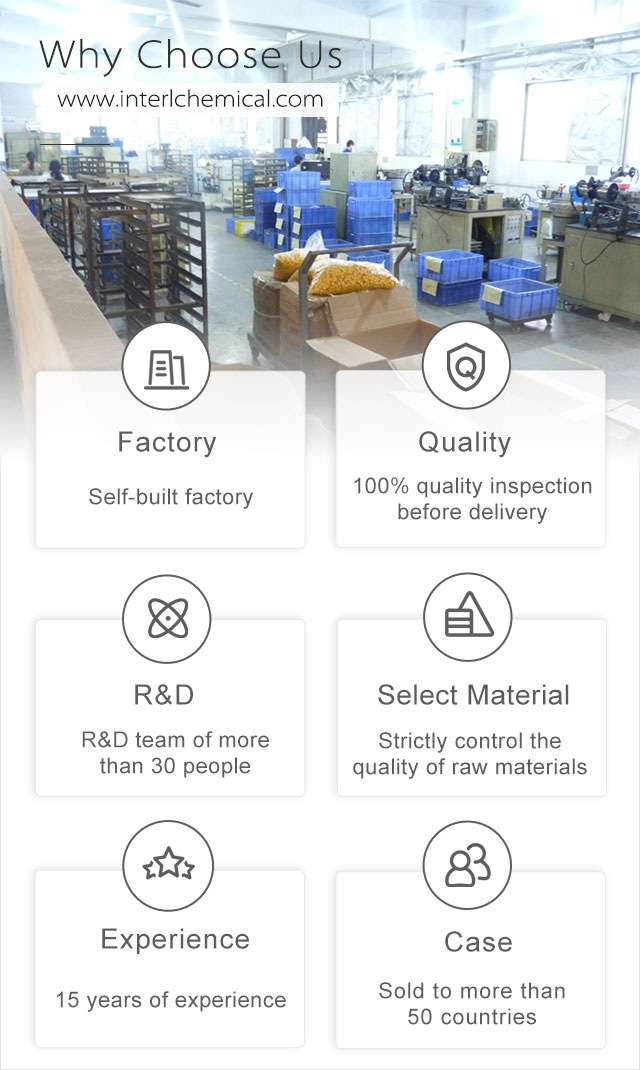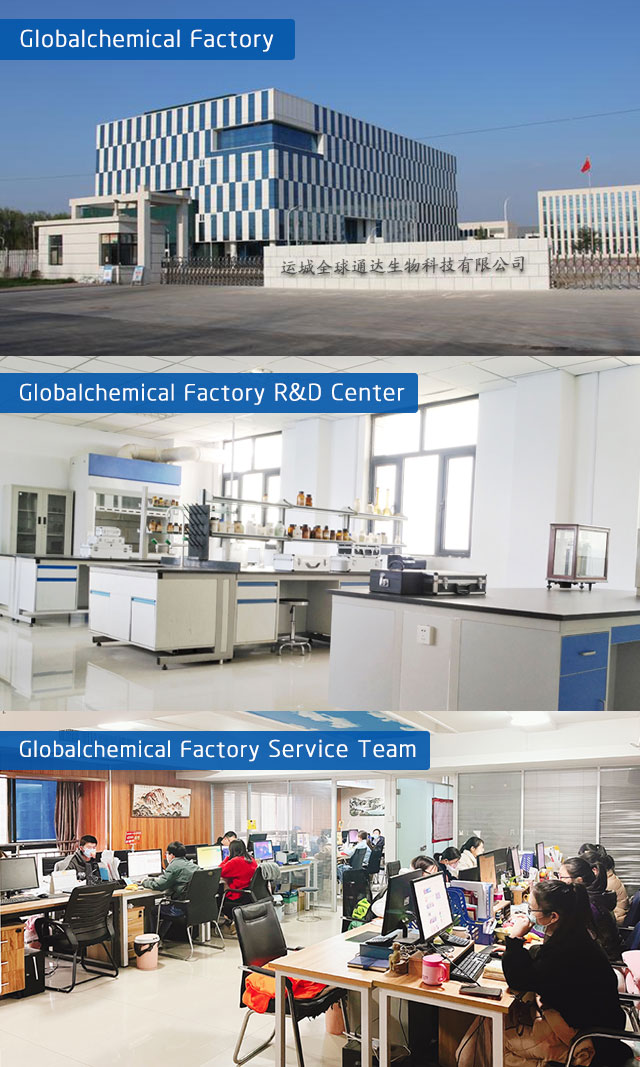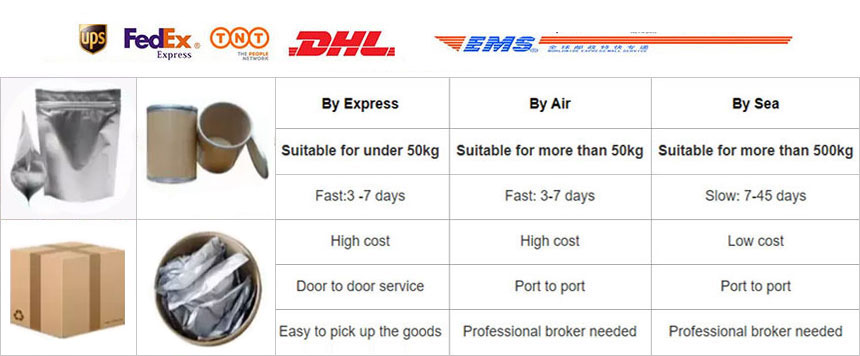



Related Attributes
Product details
Glyoxal is a colorless or yellow crystalline or liquid with deliquescent properties, green in vapor, and burns with a purple flame. Soluble in ethanol and ether, soluble in water. It is chemically active and can react with ammonia, amides, aldehydes and compounds containing carboxyl groups by addition or condensation. Mainly used in textile industry. Produced from ethylene glycol and air by gas-phase catalytic oxidation. Usually ethylene Glyoxal is usually sold in the form of a 40% solution. It is similar to other small molecule aldehydes in that it can form hydrates and the hydrates condense to form a series of "oligomers". Industrially Glyoxal is produced industrially by the gas-phase oxidation of ethylene glycol catalyzed by silver or copper, or by the oxidation of glyoxal with nitric acid solutions.

Pharmacokinetics of Glyoxal:
Glyoxal polymerizes rapidly when placed, exposed to water (violent reaction), or dissolved in aqueous solvents. Usually exists in various polymerized forms. When heated, the anhydrous polymer is converted back to a monomer. The polymer is co-heated with p-propenyl anisole, phenethyl ether, safrole, methyl-nonyl ketone or benzaldehyde to give a monomer solution. The aqueous solution contains a single molecule of glyoxal and is weakly acidic. From acetaldehyde and urea, formaldehyde in the presence of sodium carbonate heated condensation to get 2D-resin, used as fabric finishing agent; glyoxal and formaldehyde, ammonium sulfate reaction, cyclic synthesis The reaction of glyoxal with formaldehyde and ammonium sulfate to synthesize imidazole, and then synthesize imidazole antifungal drugs such as clotrimazole and miconazole; glyoxal and o-phenylenediamine to obtain benzopyrazine: it is the intermediate of the anti-tuberculosis drug pyrazinamide.

Effect of Glyoxal.
Glyoxal is primarily used in the textile industry as a fiber treatment agent to enhance the shrinkage resistance and wrinkle resistance of fibers such as cotton and nylon, making it a durable pressing and finishing agent.
In Japan, this application accounts for 80% of total ethylene glycol consumption. Ethylene glycol serves as an insoluble adhesive for gelatin, animal glue, cheese, polyvinyl alcohol, and starch. It is also used in the leather industry and for manufacturing waterproof matches. Ethylene glycol is a raw material for organic synthesis.
By heating and condensing acetaldehyde with urea and formaldehyde in the presence of sodium carbonate, 2D resin is obtained, which is used as a fabric finishing agent; ethylene glycol reacts with formaldehyde and reacts with ammonium sulfate to cyclize into imidazole, which is then synthesized into imidazole-based antifungal drugs such as clotrimazole and miconazole; ethylene glycol cyclizes with o-phenylenediamine to form benzopyrazine: it is an intermediate for the antituberculosis drug pyrazinamide.
Hydroxyphenylacetic acid produced from ethylene glycol is already in industrial production in Japan, used as an intermediate for antibiotics and vitamin A series products. Ethylene glycol is also used in the synthesis of berberine hydrochloride and sulfonamide drugs such as sulfamethoxazole. It is also used in insecticides, deodorants, embalming agents, and sand mold hardeners.
Frequently Asked Questions About Glyoxal.
Q1: What is the difference between glyoxal and formaldehyde?
A: Glyoxal contains two aldehyde groups, making it more reactive, less toxic than formaldehyde, and more effective at cross-linking. It is one of the ideal alternatives to formaldehyde.
Q2: How is the concentration of glyoxal detected?
A: Common methods include titration with hydroxylamine hydrochloride or high-performance liquid chromatography (HPLC) analysis. In industrial settings, a refractometer can be used for quick estimation.
Q3: What is the shelf life of ethylene glycol solution?
A: A 40% aqueous solution typically remains stable for 12 months under proper storage conditions, though slow polymerization may occur over time.
Q4: Is the residue of ethylene glycol on textiles safe?
A: Textiles with adequate washing and post-treatment have extremely low residue levels, meeting OEKO-TEX standard requirements.
Q5: Is ethylene glycol classified as a hazardous material?
A: A 40% aqueous solution is typically classified as non-hazardous, but high-concentration products may be categorized as corrosive substances, requiring compliance with relevant transportation regulations.
Clinical Application of Glyoxal:
Glyoxal glyoxal is mainly used in the textile industry as a fiber treatment agent to increase the spinning shrinkage and wrinkle resistance of cotton, nylon and other fibers, and as a durable press finishing agent. In Japan This application accounts for 80% of the total consumption of glyoxal. Glyoxal is an insoluble binder for gelatin, animal glue, cheese, polyvinyl alcohol and starch, etc. Glyoxal is also used in the leather industry and for making waterproof matches. Glyoxal is a raw material for organic synthesis. Hydroxyphenylacetic acid produced from glyoxal has been industrially produced in Japan and is used as an intermediate for antibacterial and vitamin A products. intermediates for antibacterial and vitamin A products. Glyoxal is also used in the synthesis of safranin hydrochloride and sulfamethoxypyrazine, a sulfonamide. It is also used as insecticide, deodorant, cadaver embalming agent, sand type curing agent. It is also used as insecticide, deodorant, cadaver embalming agent and sand curing agent.

Why choose us?

HRK Factory

About Shipping

Pharmaceutical Intermediate manufacturers
©2023 Xi'an Henrikang Biotech Co., Ltd.,